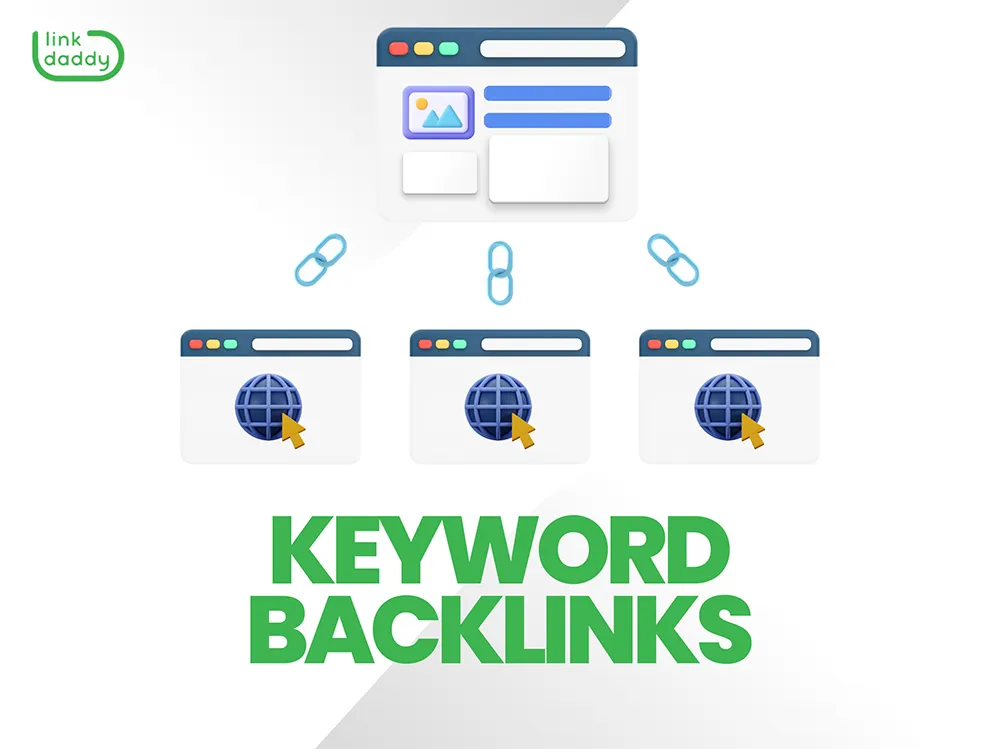LinkDaddy Cloud Services Press Release: Exclusive Announcements
LinkDaddy Cloud Services Press Release: Exclusive Announcements
Blog Article
Understanding the Various Kinds Of Cloud Solutions and Their Usages
From Infrastructure as a Service (IaaS) to Software Program as a Solution (SaaS), each kind of cloud service offers an unique objective and supplies distinct benefits. By discovering the nuanced functionalities and applications of each cloud solution, one can browse the complexities of cloud computer with precision and insight.
Framework as a Service (IaaS)
Infrastructure as a Service (IaaS) offers customers with virtualized computer sources over the internet on a pay-as-you-go basis. This cloud computing design supplies crucial IT infrastructure such as online machines, storage, and networking without the demand for organizations to invest in and take care of physical web servers and information centers. With IaaS, users can scale resources up or down based upon their demands, using versatility and cost-efficiency.
Among the crucial advantages of IaaS is its capacity to quickly stipulation and release framework elements, making it possible for organizations to respond swiftly to transforming needs and market conditions. By outsourcing infrastructure management to the company, organizations can focus a lot more on their core business activities as opposed to taking care of the intricacies of hardware upkeep and upgrades.
In addition, IaaS offers a high degree of reliability and protection, with providers normally supplying robust information backup, calamity recovery, and cybersecurity steps. This helps make sure that important business procedures stay nonstop and information remains protected versus prospective risks. Cloud Services. On the whole, Facilities as a Solution simplifies IT operations, boosts scalability, and reduces capital expenditures for services of all dimensions
Platform as a Solution (PaaS)
Building upon the foundation of Framework as a Solution (IaaS), System as a Service (PaaS) provides a thorough environment for designers to create, deploy, and take care of applications without the intricacies of underlying facilities management. PaaS offers a system with devices and services that enhance the growth procedure, enabling programmers to concentrate on creating code and structure applications rather than handling infrastructure problems.

Software Application as a Service (SaaS)
Software Application as a Service (SaaS) changes the means companies access and make use of software application applications by supplying them on a membership basis through cloud carriers. This cloud computing version eliminates the demand for companies to keep and install software application on private devices, as everything is held and managed centrally in the cloud.
SaaS offers a cost-effective remedy for companies as they just spend for the software application they utilize without the added costs of hardware maintenance or software application updates. It likewise offers scalability, allowing firms to quickly change their software application demands based on their demands.
In addition, SaaS applications can be accessed from any kind of device with an internet connection, advertising partnership and flexibility among remote groups. Security is a top priority in SaaS, with carriers implementing robust actions to safeguard information saved in the cloud.
Popular examples of SaaS consist of customer partnership administration (CRM) software program like Salesforce, productivity devices like Microsoft Office 365, and partnership systems like Google Work area. her explanation SaaS remains to acquire grip in the service world due to its scalability, ease, and cost-efficiency.
Feature as a Solution (FaaS)
With the advancement of cloud services like Software program as a Service (SaaS) streamlining software program delivery, Feature as a Service (FaaS) represents a standard shift in exactly how code is carried out in a serverless environment. FaaS permits designers to compose and perform specific functions or items of code in response to details occasions without the need to handle the facilities. This serverless computer version enables designers to concentrate only on composing code to apply certain capabilities, without worrying themselves with the underlying infrastructure or web server administration.
Among the essential benefits of FaaS is its ability to scale automatically based on the inbound work. Features are carried out in stateless containers that are spun backwards and forwards as needed, making sure optimal source usage and cost-effectiveness. FaaS is especially valuable for event-driven and microservices designs, where code execution is caused by occasions such as HTTP requests or data source updates. By abstracting the facilities layer, FaaS streamlines growth, accelerates time to market, and boosts general agility in deploying cloud-native applications.
Storage as a Solution (STaaS)
An essential component in cloud computer, Storage space as a Service (STaaS) offers users with a effective and scalable option for taking care of data storage requirements. STaaS enables companies to keep and recover information from remote web servers through the web, getting rid of the demand for on-premises equipment. This solution supplies flexibility by making it possible for users to pay only for the storage space they utilize, making it a cost-efficient get redirected here remedy for businesses of all dimensions.

STaaS is specifically helpful for organizations with rising and fall storage needs, as it supplies a secure and trusted storage remedy without the demand for substantial ahead of time financial investments. By leveraging STaaS, organizations can improve their data administration procedures, improve availability, and enhance information security in a cost-efficient manner.

Conclusion
In final thought, comprehending the different types of cloud solutions and their uses is necessary for individuals and companies looking to leverage the benefits of cloud computing. By using the appropriate cloud solution, companies can enhance their efficiency, scalability, and versatility in managing their IT framework and applications.
From Facilities as a Solution (IaaS) to Software Application as a Service (SaaS), each type of cloud service offers a special function and provides unique benefits. Cloud Services. By checking out the nuanced capabilities and applications of each cloud solution, one can browse the complexities of cloud computer with precision and foresight
With the advancement of cloud services like Software application as a Solution (SaaS) streamlining software program distribution, Feature as a Service (FaaS) represents a standard change in exactly how code is executed in a serverless setting.In verdict, comprehending the various kinds of cloud services and their usages is necessary for people and organizations looking to utilize the advantages of cloud computing. By using the ideal cloud solution, companies can improve their performance, go to the website scalability, and flexibility in managing their IT infrastructure and applications.
Report this page